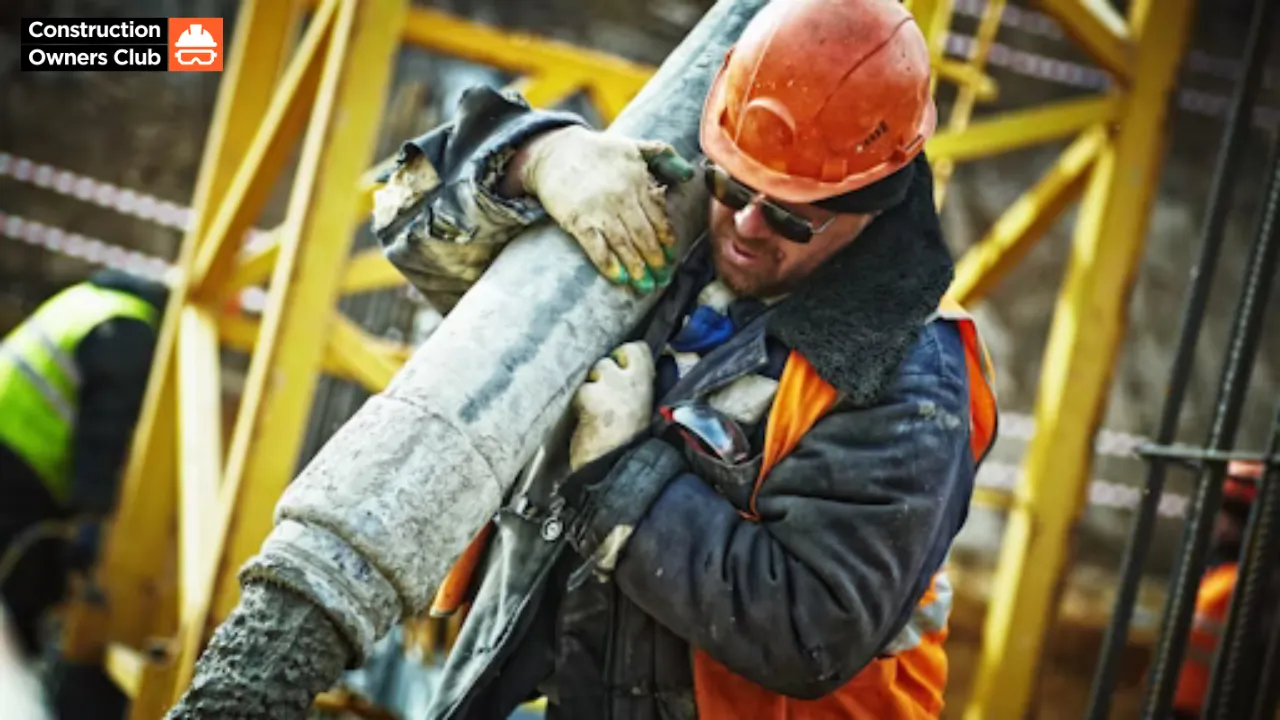
The construction industry, long accustomed to weathering economic storms, is now facing a formidable challenge: a rising tide of insurance costs. This escalating trend is a complex interplay of factors, including increased litigation, evolving regulatory landscapes, and a surge in catastrophic events. The consequences for construction companies are far-reaching, from constrained growth to project delays and, ultimately, a diminished capacity to deliver critical infrastructure.
Liability insurance, a cornerstone of risk management, has become increasingly expensive due to a confluence of factors. Heightened scrutiny of labor practices, coupled with more stringent contract terms, has exposed contractors to greater legal risks. Additionally, a growing number of claims related to construction defects have inflated premiums.
Builder’s risk insurance, essential for protecting projects under construction, has also experienced significant upward pressure. The frequency and severity of natural disasters, such as fires and floods, have contributed to this trend. Moreover, the construction auto insurance segment is grappling with rising claims costs driven by factors including increased litigation, larger settlements, and a higher incidence of accidents involving inexperienced operators.
The net effect of these challenges is a hardening insurance market characterized by reduced competition, stricter underwriting standards, and less favorable policy terms. Construction companies are facing higher premiums, broader deductibles, and narrower coverage limits. This environment presents a formidable obstacle to growth and profitability.
While the situation is undoubtedly challenging, there are proactive steps that construction companies can take to mitigate the impact of rising insurance costs. A robust safety program is paramount. By prioritizing worker safety and implementing comprehensive prevention measures, companies can reduce the likelihood of accidents and claims, thereby improving their risk profile.
Additionally, carefully considering deductible levels can help manage premium costs, although this decision requires a thorough evaluation of potential financial implications. Efficient claims management is another critical component of insurance cost control. Timely reporting and effective collaboration with insurers can streamline the claims process and minimize adverse impacts on future premiums.
Building strong relationships with insurance advisors and carriers is essential. A knowledgeable advisor can provide invaluable guidance on navigating the complex insurance landscape, while a positive relationship with insurers can foster open communication and potentially lead to more favorable terms. Furthermore, proactively addressing past losses, updating exposure information, and effectively communicating the company’s risk management practices can enhance its insurance profile.
Looking ahead, the construction industry faces a period of uncertainty as insurance market conditions continue to evolve. The ability to adapt and implement effective risk management strategies will be crucial for long-term success. By embracing innovation and exploring alternative risk financing options, construction companies can position themselves to weather the storm and emerge stronger.